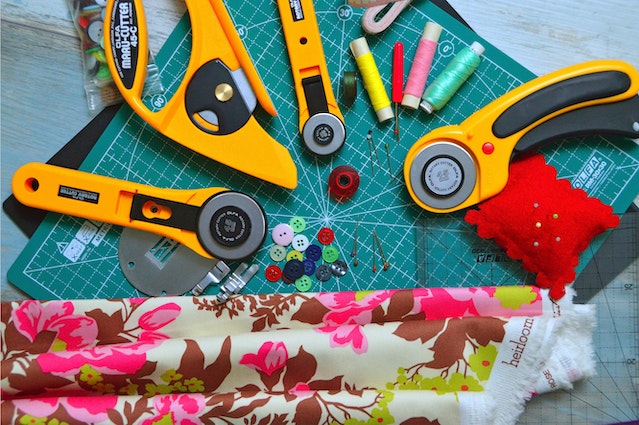Sewing and crafting have come a long way from the days of painstakingly cutting fabric by hand with scissors. Thanks to modern technology, fabric cutters have become essential tools for both hobbyists and professionals in the textile and crafting industries. In this blog, we’ll explore the world of fabric cutters, their benefits, and how they’ve revolutionized the way we work with fabric.
I. Introduction
For centuries, fabric cutting was a labor-intensive process that required precision and patience. Traditional methods involved scissors, rotary cutters, or even specialized shears, each with their own set of challenges and limitations. Enter fabric cutters, which have rapidly evolved to simplify and streamline the cutting process, making it faster, more precise, and accessible to all.
II. What are Fabric Cutters?
Fabric cutters are mechanical or electronic devices designed to cut fabric into precise shapes, strips, or patterns. They utilize a variety of cutting mechanisms, including rotary blades, laser technology, and computer-controlled systems, to achieve the desired results. These devices have gained popularity due to their efficiency and accuracy in handling various types of fabric, from delicate silk to heavy denim.
III. Types of Fabric Cutters
There are several types of fabric cutters available, each with unique features and advantages:
a. Rotary Blade Cutters
- These hand-held or tabletop devices use a rotating blade to cut fabric. They are excellent for making straight lines and gentle curves.
b. Electric Scissors
- Electric scissors are handheld tools that are easy to maneuver and provide a quicker cutting experience, ideal for intricate designs.
c. Computerized Cutting Machines
- These high-tech machines are equipped with digital interfaces and precise cutting mechanisms. Popular brands like Cricut and Silhouette offer models that can cut fabric with extreme accuracy, making them versatile tools for both sewing and crafting projects.
d. Laser Cutters
- Laser fabric cutters are the pinnacle of precision and automation. They use lasers to cut through various fabrics, and their programmable nature allows for intricate and complex patterns.
IV. Benefits of Fabric Cutters
The introduction of fabric cutters has revolutionized the sewing and crafting industries in numerous ways:
a. Precision
- Fabric cutters ensure precise and consistent cuts, reducing the likelihood of errors and fabric wastage.
b. Time Efficiency
- Fabric cutters significantly speed up the cutting process, allowing users to complete projects in less time.
c. Versatility
- With various cutting mechanisms and the ability to work with different types of fabric, fabric cutters offer versatility for a wide range of projects.
d. Repetition and Consistency
- Fabric cutters excel at repetitive tasks and maintaining consistency across multiple pieces.
e. Design Flexibility
- Some fabric cutters, especially computerized and laser cutters, allow for intricate and customizable designs, expanding creative possibilities.
V. Applications
Fabric cutters are used in a variety of applications:
a. Home Sewing
- Fabric cutters simplify the process of cutting patterns and designs for home sewing projects, making it easier for both beginners and experienced sewists.
b. Quilting
- Quilters can create precise shapes and pieces for their quilts with ease using fabric cutters, resulting in professional-looking quilts.
c. Fashion and Apparel Industry
- In the fashion industry, fabric cutters are used for mass production, ensuring precise and uniform garment pieces.
d. Crafting and DIY Projects
- Crafters and DIY enthusiasts utilize fabric cutters for projects like making custom clothing, home decor, and personalized gifts.
VI. Maintenance and Considerations
To ensure the longevity and optimal performance of fabric cutters, regular maintenance and adherence to manufacturer guidelines are essential. Factors like blade replacement, cleaning, and calibration (for computerized and laser cutters) should be considered.
